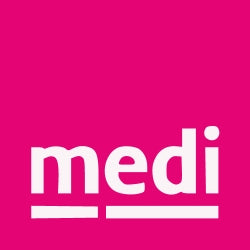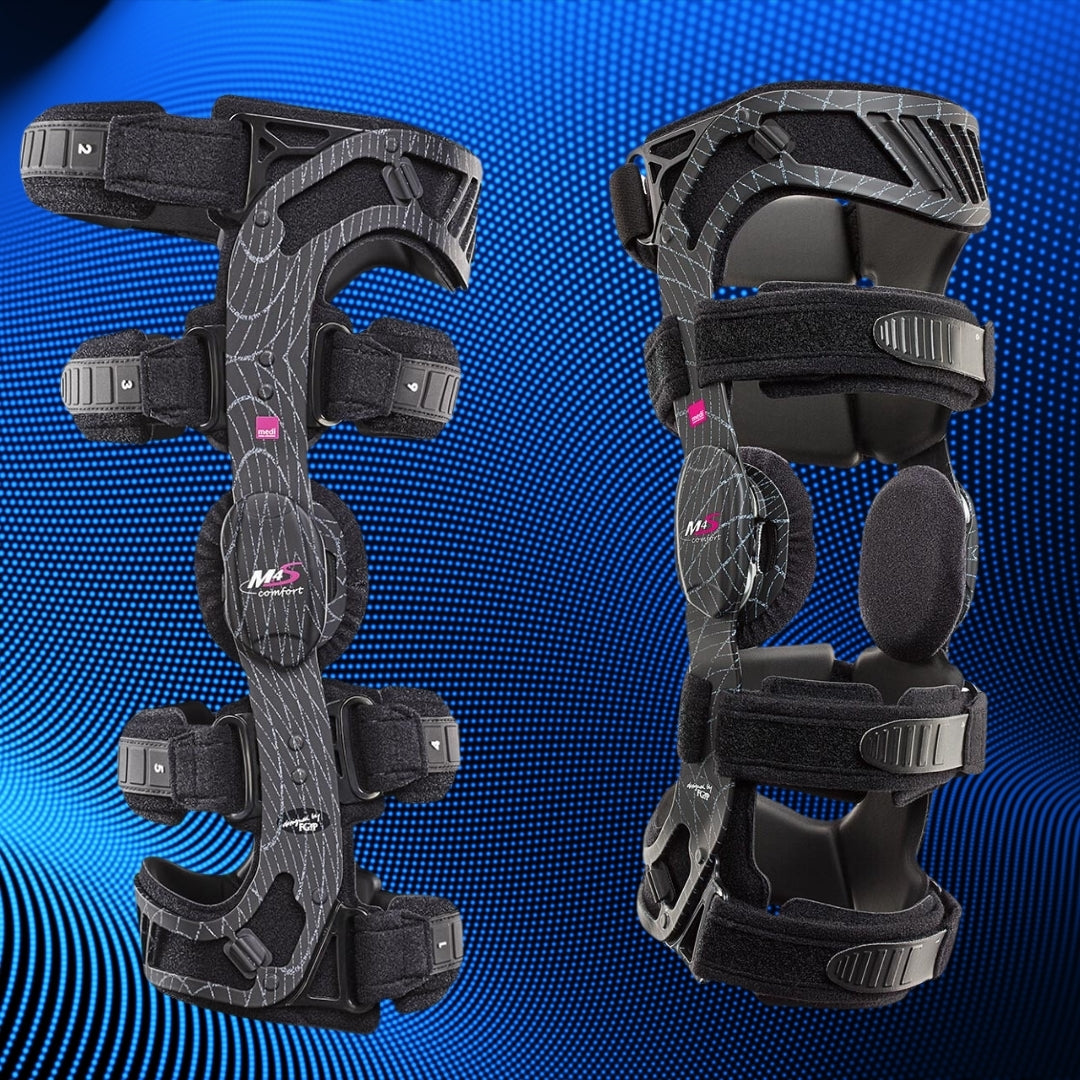Why is the ACL the lone ligament we don't trust in its ability to self-repair, and why is it not reduced and allowed to heal naturally, like other musculoskeletal structures?
Not all patients benefit from conservative treatment of ligament injuries, and surgery is not always the optimal solution. So, what is possible for conservative management?
The Cross Bracing Protocol is an advanced non-surgical method for promoting and enhancing functional healing in Anterior Cruciate Ligament (ACL) injuries.
If you're interested in more information on the Cross Bracing Protocol - please visit healacl.com
The Cross Bracing Protocol involves immobilising the patient's knee in a brace set at a fixed angle of 90 degrees for four weeks following an ACL injury.
Subsequently, each week permits increased extension: first to 60 degrees, then 45 degrees, then 30 degrees, 20 degrees, and finally 10 degrees.
The brace is removed after 12 weeks, followed by a comprehensive follow-up including MRI and clinical examination.
This new approach to the healing of an injured ACL led to satisfactory healing in approximately 88% of patients chosen for the new process and approximately 50% of all injured ACLs*
*Combined with a method of selecting appropriate cases based on MRI appearances and under the care of doctors participating in the trials.
This achievement stems from identifying the particular type of ACL injury and implementing the bracing protocol, which facilitates natural healing and safeguards the injured ACL during this process.
Essentially, this extends the scope of rehabilitation for approximately half of all acutely injured ACL patients.
The remaining half is unlikely to benefit from the Cross Bracing Protocol (CBP), with either surgery or a "rehabilitation alone" approach recommended.
The Cross Bracing Protocol was pioneered by Australian Sports and Exercise Medicine Physician Dr Tom Cross and Orthopaedic Surgeon (and Tom's father) Dr Mervyn Cross, with support from Doctor and Bioengineer Dr Greg Roger and a dedicated team of researchers.
This collaborative endeavour created a new and promising ACL injury protocol by utilising extensive expertise developed over numerous decades, including clinical assessment, innovative knee surgery, exploration of non-surgical interventions, and thorough medical and bioengineering research.
The Cross Bracing Protocol Timeline 1973 - 2024
The Cross Bracing Protocol is a testament to Dr. Tom Cross's vision and perseverance. It marks over five decades of pioneering work in ACL management that began with his father's anatomical studies in 1973.
Dr Mervyn Cross's research on cadaver knees, published in 1979, laid the groundwork for ACL reconstruction, with Dr Tom Cross assisting from 1974 until 2012.
The first patient to use the Cross-Bracing Protocol was treated in 2014. The procedure involved knee bracing at 90 degrees for four weeks before gradual extension.
From 2014 to 2019, 16 patients adopted this early protocol, with promising early results presented by Dr. Tom Cross in 2020. By 2021, the protocol gained further recognition at the Herodicus Society meeting.
Over 460 patients enrolled in the ongoing research between 2020 and 2023, with the first 80 patients' results published in the British Journal of Sports Medicine in June 2023.
The clinical implementation of the protocol continues, with plans for broader dissemination in 2024 through medi's manufacture of specialised wedges for global use using M.4s® comfort knee brace, which is now compliant for use with the protocol.
Non-surgical management with The Cross Bracing Protocol
A common belief among researchers and clinicians is that a ruptured anterior cruciate ligament (ACL) has limited healing capacity. This belief has shaped current management strategies for ACL rupture.
Anatomical studies have demonstrated that the ACL has a rich vascular supply, and histological studies describe ruptured ACLs passing through the typical phases of healing after injury despite a slower rate of healing and reduced healing capacity compared with medial collateral ligament rupture.
An observed absence of tissue bridging the gap between ligament remnants may inhibit the healing of ACL rupture. The distance between the ACL origin and insertion is shortest at 90°–135° of knee flexion.
We have developed the novel Cross Bracing Protocol (CBP), which aims to reduce the gap distance between the ligament remnants by immobilising the knee at 90° of flexion for four weeks after acute ACL rupture to facilitate tissue bridging and healing between the ruptured ACL remnants.
After four weeks, weekly incremental increases in the knee and the CBP range of motion are combined with physiotherapist-supervised rehabilitation to target lower limb neuromuscular control, muscle strengthening and power, and functional training to enable return-to-sport and recreational activities.
medi's M.4s® Comfort 4-point rigid brace with flexion/extension limitations and The Cross Bracing Protocol
The M.4s Comfort is a brace made for use in the therapeutic field of ACL injuries. Its specific product features make it comfortable to wear every day for the entire period of rehabilitation.
The study team concluded, "After management of acute ACL rupture with a novel bracing protocol, 90% of patients had evidence of ACL healing on a 3-month MRI (continuity of the ACL). More ACL healing on a 3-month MRI was associated with better knee function and QOL, less passive knee laxity and a higher return-to-sport rate."
For more information on The Cross Brace Protocol, you can visit Dr Thomas Cross's website healacl.com or contact medi on 1300 04 MEDI (6334)
medi is the only company offering a brace utilising The Cross Brace Protocol worldwide. Specific wedges or stops are required and come with every M.4s Comfort knee brace as standard when ordering the brace in Australia. If ordering the knee brace in other medi countries, please request the wedges when placing your order.










55 comments
1
555
1
555
@@uPTzD
555
1����%2527%2522\'\"
555
1'"
555
Leave a comment
This site is protected by hCaptcha and the hCaptcha Privacy Policy and Terms of Service apply.